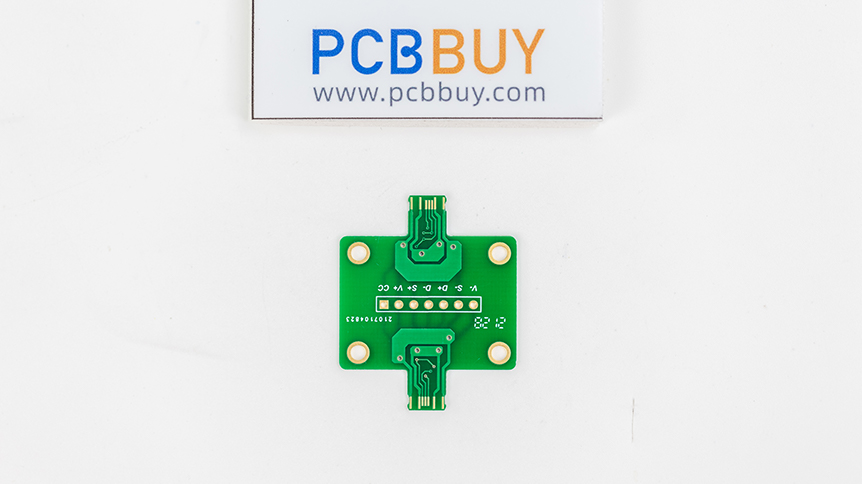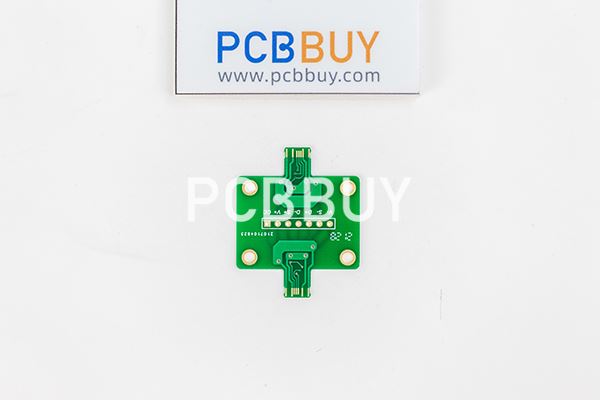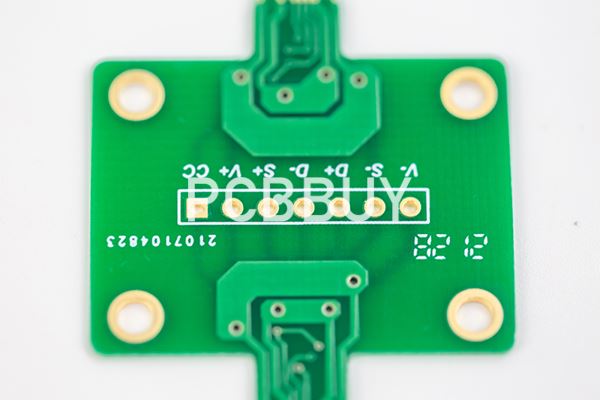Circuit board power generation principle
By: 12/15/2023 06:40

The main principles behind the generation of electrical power in circuit boards involve fundamental concepts of electromagnetic induction and energy conversion. Here's a detailed explanation of the principles governing the generation of electrical power in circuit boards:
Electromagnetic Induction:
Electromagnetic induction is the fundamental principle behind power generation in circuit boards. According to Faraday's law of electromagnetic induction, when a conductor or a circuit moves within a magnetic field, an electromotive force (EMF) or voltage is induced in the conductor. The magnitude of this EMF is influenced by the strength of the magnetic field, the velocity of the conductor within the field, and the relative position between the conductor and the magnetic field.
In circuit boards, changes in magnetic fields (such as the movement or rotation of magnets) are typically used to generate EMF. For instance, when a magnet approaches or moves away from a coil on a circuit board, an EMF is induced in the coil. The magnitude of this induced EMF depends on the magnet's magnetic properties, the number of turns in the coil, and the relative positioning of the coil and the magnet.

Energy Conversion:
The generation of electrical power on a circuit board is essentially an energy conversion process. During this process, mechanical energy (such as the movement of magnets) is converted into electrical energy (EMF and current).
Firstly, as the magnet approaches or moves away from the coil, changes occur in the magnetic field. These changes induce an EMF in the coil, initiating the movement of electrons within the coil, thus generating an electric current.
Subsequently, this current can further be converted into other forms of energy, such as heat or light. For example, the current can produce heat through resistance in a resistor or emit light through a diode.
Practical Applications:
The applications of power generation on circuit boards are extensive. For instance, in solar panels, solar energy is converted into electrical energy. In wind turbines, the kinetic energy of wind is converted into mechanical energy, which is then transformed into electrical energy through electromagnetic induction principles.
Moreover, some devices harness other forms of mechanical energy, like vibrations or water flow, to generate electricity. For instance, vibration generators use equipment vibrations to produce electrical power, serving as a power source for devices.

Generation Efficiency:
The efficiency of power generation on circuit boards depends on various factors, including magnetic field strength, coil turns, velocity, mechanical damping, among others. In practical applications, a comprehensive consideration of these factors is necessary to design efficient power generation systems.
For example, increasing the number of coil turns can enhance EMF but also raises resistance and weight. Augmenting magnet strength can heighten the magnetic field and thus improve power generation efficiency, but it may escalate costs and size. Therefore, a balance and optimization of these factors are crucial during the design process.
In summary, the generation of electrical power on circuit boards is based on fundamental principles of electromagnetic induction and energy conversion. By employing changes in magnetic fields and mechanical motion, mechanical energy can be converted into electrical energy. This energy conversion process finds applications across various domains, contributing convenience and efficiency to our lives and work.
Industry Category











